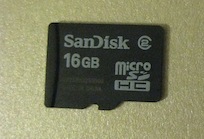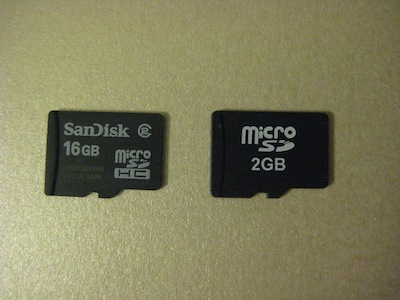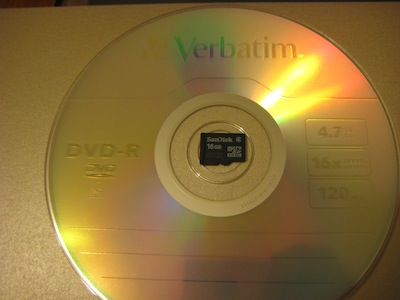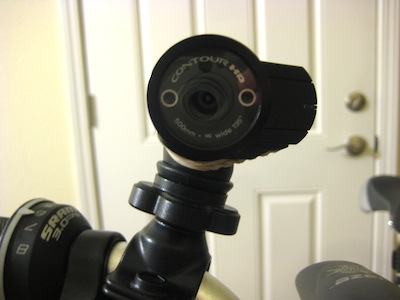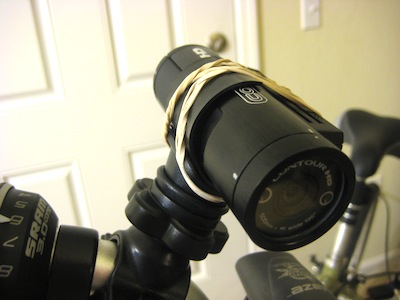I’m starting to get back into reading books after a long hiatus. One thing that’s holding me back, though, is that I’m not really a big fan of buying a bunch of physical books that I’ll only use once. It feels like a waste, I don’t want to go through the hassle of reselling them or going to a library, and I have limited shelf space.
Obviously it makes sense for me to go digital. The Kindle looks very appealing. It has a long battery life, a display that’s not just another LCD screen for me to stare at, and it has a broad selection of books. But, as far as I know, if I buy a book on the Kindle, I cannot transfer it to another non-Kindle device. So if I have a library of Kindle books and then one day decide I’d like to use a book reader from Sony or buy a nook, I’m out of luck, right?
I’m looking for DRM-free ebooks, not free ebooks. Consider music, for example. If I buy music from iTunes, I can play it on my Mac or iPhone, but I can also play it on my Nexus One without having to sign in to my iTunes account or anything silly like that. This wasn’t always the case (Apple used to sell DRM’d music), but I just tested one of their DRM-free AAC files and I can assure you that it works on my Nexus One. And then of course there is the Amazon MP3 store which I have warmed up to recently. They also sell DRM-free music in a standard format. I think this is very reasonable. I still pay for the music, but once I have it, I can play it on any device I want.
So, my questions for anyone who is reading this:
- Am I wrong about the Kindle? (And no, “They have an app for X device” is not what I’m looking for.)
- Is there an existing store with a significant number of titles from major publishers that sells DRM-free books in a standard format? If so, which is it?
Please leave any advice in the comments section below. I noticed that iBooks on the iPad will be in the ePub format. This is a good sign, but I haven’t found any clear answers on whether or not these files will have DRM. If anyone can find a confirmation either way, please let me know along with a link to your source. Thanks!
